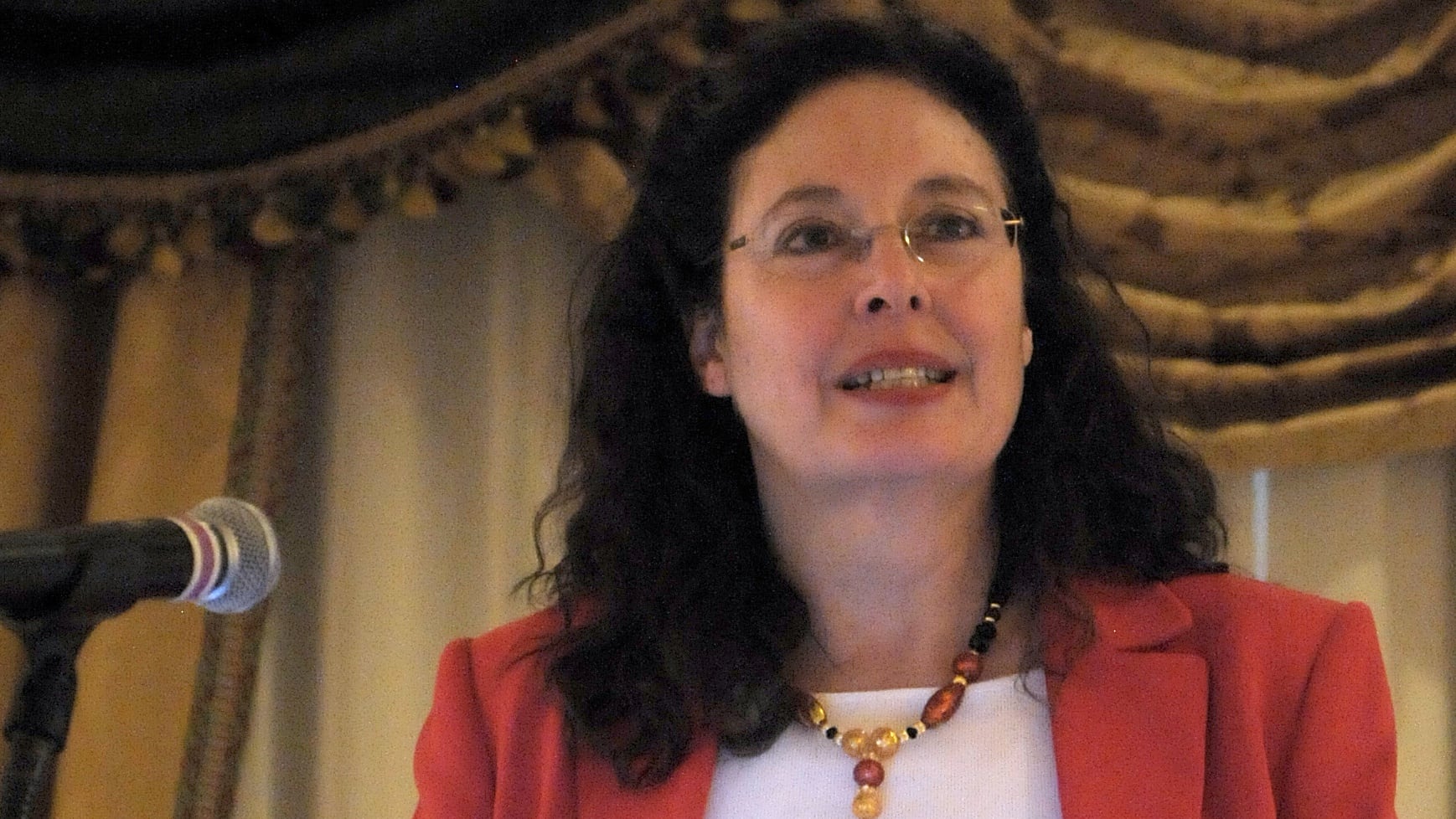The Air Force is pursuing some revolutionary technology solutions in the space and cyberspace realms, according to the service's Space Command's top scientist.
During a presentation on Aug. 18 at the Space and Missile Defense Symposium in Huntsville, Alabama, Air Force Space Command Chief Scientist Merri Sanchez listed a raft of technologies and wish lists.
"One of the things that we're trying to [do is] think out of the box [with] some pretty radical examples," she said, one being "can we develop a communications system that does not rely on the electromagnetic spectrum? Beyond smoke signals, what can we do?"
From top levels down, the Defense Department and the Air Force have acknowledged that space is becoming an increasingly contested domain and is no longer considered the sanctuary it once was. Within this contested space, Sanchez said the Air Force is interested in on-board defense and resiliency factors.
"We're looking at self-healing satellites, trying to figure out if we can put the capability that the satellite can recognize what is there…in a command sense, shed the part that is not functioning and reroute the capability within the spacecraft before the human ever gets involved so that the spacecraft can continually stay functional," she said.
Sanchez also delved into cyberspace, describing how the force approaches this domain and what it's looking for. "To us cyber is everything from network operations to offensive cyber operations with the warrior looking to both protect offensively as well as being prepared [to] protect defensively," she said.
Some examples of these tools? Think "advanced technologies for autonomous and goal-seeking network capabilities that can access and exploit communication mediums," she said. "The human-machine interface; human performance augmentation; biometrics for security; reliable, scalable, flexible, low-powered data protection to allow operations across…domains."
Since cyber must be a part of everything the military does today, Sanchez explained several "cross-cutting" capabilities, which she described as "a little bit country, a little bit rock-and-roll, they're a little bit space, a little bit cyber; how do we look at those together?"
These include cognitive electronic warfare capabilities that bring artificial intelligence into this realm and big data analytics.
"How do we operate artificial intelligence throughout the space and cyber domain and how do we use advanced date analytics? Big data is everybody's buzz word right now but it's a very needed capability," she said, adding that there's a lot of information coming from many sources and it's key to fuse that data for decision making.
Sanchez explained that the human-machine interface and translating mass quantities of data collected into actionable intelligence was one of the game-changing technologies being pursued.
"It's going to come into our battle management capability as we improve into our [Joint Space Operations Center] and [Joint Interagency Combined Space Operations Center], as we're pulling in all of the data," she said. "I think that we need to get all of the autonomy into that …so that the operator can actually quickly and rapidly respond to all these situations."
Additionally, Sanchez described the need for tools to be able to differentiate between man-made events, intrusions or attacks against space assets and natural occurrences.
"On the cyber side…I need systems to be able to tell if it's a natural or man-made threat to understand if space or weather is causing the effect, or if it's a man-made effect," she said. "In cyber, I need the capability, especially in the legacy systems all in orbit to be able to understand if anybody's trying to do a command intrusion into my ground system or into my spacecraft and the ability to protect against that – being able to upload new code, new software."
Mark Pomerleau is a reporter for C4ISRNET, covering information warfare and cyberspace.






